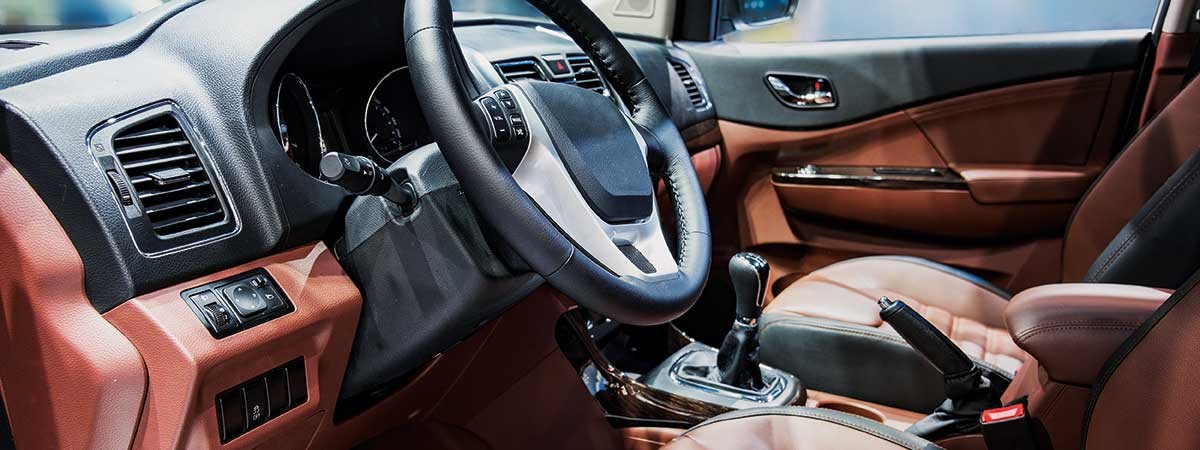The age of ready-made cars is long gone. In addition to engines, chassis, and assistance systems, customers can also choose their own interiors based on their individual taste. Heated seats, sophisticated sound systems, seat covers, and surface treatments are carefully selected so that passengers can feel at home during their increasingly long commutes, for example.
High-quality materials provide a sense of well-being
Plastics play an important role in interiors. They are lightweight, can be firm or flexible as needed, and can be shaped into practically any form. They dominate most of the surfaces in the passenger compartment – even in many premium models. The era of cheap plastic is over; the substance has since become a versatile material, now also being used for upscale products. From the dashboard to the door panel, it distinguishes the appearance of the car's interior.The installed elements often consist of at least two different plastics. A molded substrate component made of a specific material possesses the required mechanical properties. This component is covered with a foil very similar to materials like the finest leather, but which is extremely robust at the same time. Substrate and foil are combined using a laminating process.
Stable adhesion
Lamination takes place in a laminating system and is basically a type of adhesive bonding. However, the foil needs to lay seamlessly on the component, even when the shape is very complex. There cannot be any air bubbles between the layers. The adhesion needs to last as long as the car. To achieve this, vacuum is used during the laminating process. Many production sites use vacuum solutions from Busch for such processes. Vacuum removes any entrapped gases or air. The atmospheric pressure acting from outside presses the foil with great force but completely evenly against the component. If synthetic resin is used as an adhesive, it is also evenly distributed. Vacuum thus ensures that the materials are perfectly bonded.In laminating machines with several process steps, vacuum pumps with integrated control can contribute to energy-efficient operation. A pressure set-point is defined for this type of devices. The control permanently adjusts the rotational speed to adapt vacuum performance to constantly changing demand. When compared to vacuum pumps without control, energy consumption can be drastically reduced. Busch offers a full range of such highly efficient solutions.
